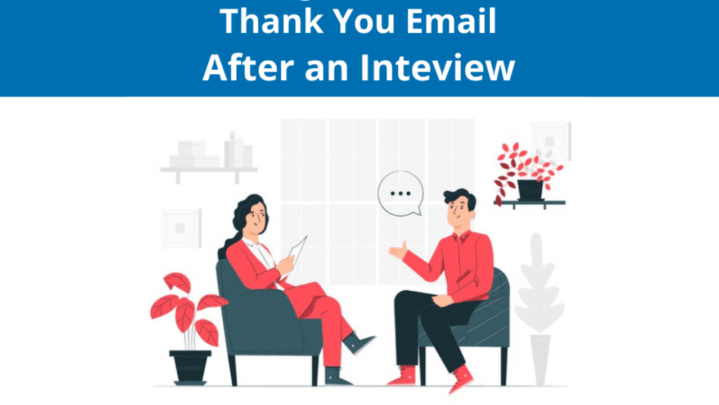Thank you letters take just a few moments to compose, yet they are extremely important. Not only do thank you letters serve an important part in our private lives, but they also perform an important function in corporate relations. Thank you letters written in a professional tone might help you distinguish from the herd. After an interview, a thank-you letter is usually issued. The correct thank you letter can make a contract, while a poorly worded one might completely derail it.
Here are some ways to write a thank you letter.
1. Keep things simple and concise.
The length of your thank you letter should not exceed 1 page. In most cases, 200 to 250 words will suffice. The subject title of your letter should be brief if you’re submitting it by email.
2. Make sure there are no spelling mistakes:
It is simpler to read when you use correct syntax and spelling to convey your emotion effectively. The most key fact to remember when writing thank-you notes is to pay extra consideration to the language so that your odds of receiving a response enhance.
3. Send it as soon as possible.
You don’t have to submit your thank you letter right after the session. The middle ground is usually between 24 and 48 hours after the conversation. Write notes and particular information that you wish to mention in your letter as soon as you leave the premises.
4. Express your happiness and sincerity.
A formal letter can get tedious after a while. For this purpose, it is critical to express your interest. Your readers will sense the passion in your letter if you put your soul into it. They will sense your genuineness as a result of this. The trick is to be genuine to what you’re expressing.
5. Thank-you letters should be printed instead of penned.
It is dependent on the firm with which you are interviewing. If the organisation is technologically oriented, you should send your letter online. Submit your letter by email if you’re unsure. Also, remember that what matters is what you write in your letter, not how you submit it.
Also Read: What Is Chronological Resume: Structure, Advantages & Disadvantages





